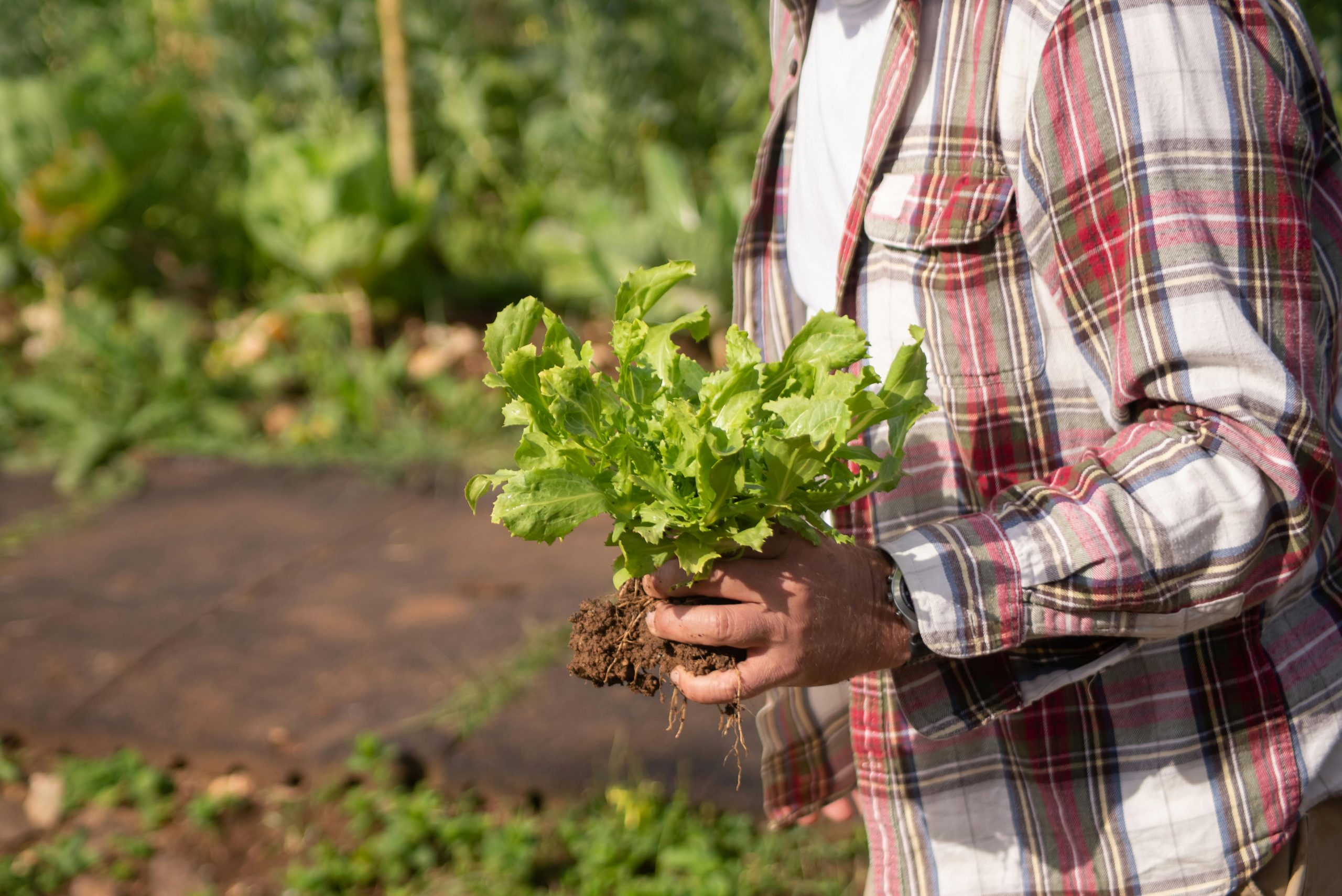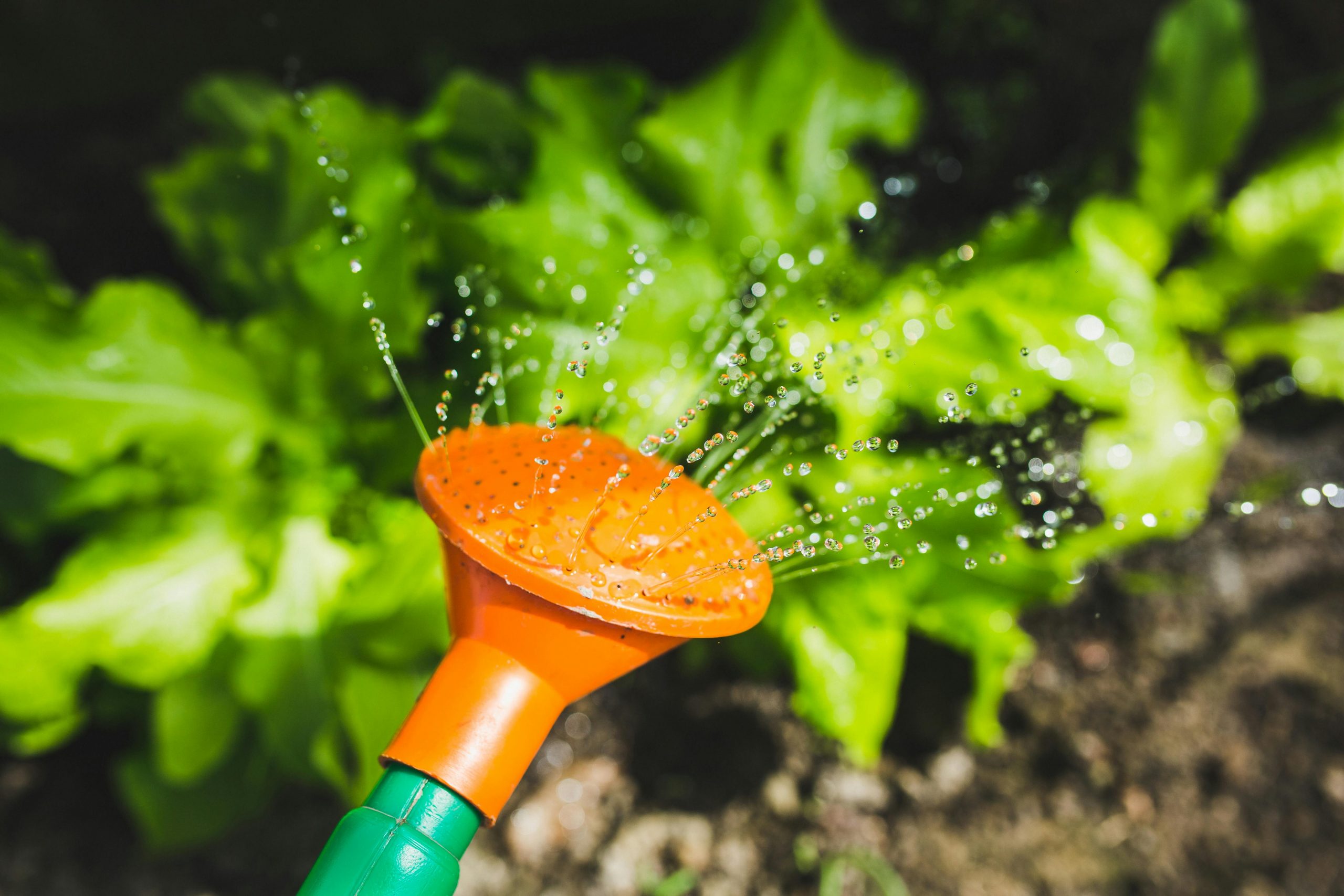- Understanding your local climate is crucial for a successful and productive garden.
- Timing is important for planting, so adjust your schedule according to weather patterns.
- Utilizing methods like starting seeds indoors and using technology can extend your growing season.
- With the right tools and resources, gardening in any climate can be easier and more efficient.
Gardening is an age-old pastime that connects us with nature and can be incredibly rewarding, but it’s no secret that climate plays a significant role in the success of your garden. Many aspiring gardeners believe their local environment is a barrier, but understanding and working with your climate is a key tenet of successful gardening. Your garden goals are attainable regardless of whether you face scorching heat, frosty winters, or monsoon-like conditions. You can foster a garden that flourishes year-round by developing adaptive strategies rooted in your particular climate.
We’re about to explore essential gardening strategies to overcome climatic challenges and create an oasis around your home, regardless of the forecast. Remember, successful gardening is as much an art as it is a science – a blend of patience, experimentation, and a healthy respect for the living systems under your care.
Understanding Your Climate Zone
Before you put a shovel to soil or plant to mulch, it’s crucial to understand the climate you’re working with. Your climate zone dictates what will grow well in your area, informs you on when to plant, and warns of extreme weather events. There’s a reason why plants are tagged with “hardiness zones” – they need the right conditions to thrive.

Recognizing the Impact of Climate on Gardening
Climate isn’t just about temperature; it includes factors like sunlight, humidity, and even altitude. Whether you live in an arid desert or a damp coastal region, these factors directly influence which plants will succeed and which may struggle.
The Importance of Microclimates
In addition to broader climate zones, microclimates exist in your yard due to shade, wind, and heat-retaining materials. Gardening with microclimates in mind can expand your options for plant variety.
Invest in Quality Top Soil
Healthy and quality top soil is the bedrock of a successful garden. It supports plant growth, retains water, and provides essential nutrients. In challenging climates, good soil is non-negotiable.
Top Soil 101
Top soil – literally, the top layer of soil in your garden – should be rich and fertile. It’s where most of your plant roots will grow, so it needs to be in peak condition. This layer is also responsible for supporting beneficial microorganisms that break down organic matter and create a healthy environment for your plants.
Soil Preparation Tips
Adjusting soil pH and incorporating organic matter such as compost can transform compacted or nutrient-depleted soil into a thriving plant medium. Make sure to test your soil and research the specific needs of your plants to create the perfect environment.
Choose Climate-Appropriate Plants
If you’ve ever seen a succulent in a rainforest or a tropical plant in the Arctic, you know how important it is to select plants that suit your local conditions.
Understanding Plant Hardiness
Different plants have varying levels of cold or heat tolerance. Utilize plant hardiness charts to select the right species for your area. When it comes to microclimates, also consider the specific conditions in your garden and choose plants accordingly.
The Benefits of Native Plants
Native plants are acclimated to your specific climate and require less intervention from you. They’re also an essential resource for local wildlife, aiding in the preservation of ecological balance.
Implement Efficient Watering Techniques
Water is a precious resource, and it can be quite limited in some climates. Drought-resistant plants and water-wise techniques can make a world of difference.

The Role of Water in Gardening
Water is essential for photosynthesis, the process by which plants produce their food. It’s also vital for maintaining turgor pressure in plant cells, keeping them rigid and able to stand upright.
Water Conservation Strategies
From establishing deep roots through infrequent, deep watering to using soaker hoses, there are several ways to ensure your garden gets enough moisture without wasting water.
Use Mulching to Protect Your Garden
Mulch acts as insulation, protecting your garden from extreme temperatures and helping to preserve moisture.
The Benefits of Mulch
By reducing weeds and preventing soil erosion, mulch is an invaluable asset in any garden, especially in more challenging climates.
Selecting the Right Mulch
Organic mulches like straw or wood chips decompose over time, adding nutrients to the soil. Inorganic mulches, such as landscape fabric or gravel, offer long-term mulching without decomposition.
Adapt Planting and Harvesting Schedules
A gardening calendar based on your local climate can make your garden more predictable and productive. Knowing the average frost dates, for example, is crucial. Planting too early can expose your crops to late frosts while planting too late can limit their growth. Adjust your schedule based on current and predicted weather patterns. Moreover, methods like starting seeds indoors, transplanting well-established seedlings, and using cold frames can extend your garden’s growing season, sometimes by several months.
Tools and Resources for Every Gardener
No gardener is an island, and in the age of information, it’s easier than ever to access tools and resources that can enhance your gardening experience. Here are some examples:
- Online Gardening Communities and Forums: Joining an online gardening community or forum is a great way to connect with other gardeners, ask questions, and share your knowledge. You can also find valuable information and tips from experienced gardeners. Some popular online gardening communities include GardenWeb, Houzz, and Reddit’s Gardening community.
- Gardening Apps: Numerous apps can help you with everything from identifying plants to tracking your garden’s progress. Some popular gardening apps include PlantSnap, My Garden, and Gardenize.
- Local Gardening Clubs: Joining a local gardening club is a great way to connect with other gardeners in your area, attend workshops and events, and even swap seeds or plants. You can find local gardening clubs through websites like the American Horticultural Society.
The Bottom Line
Gardening in any climate is an attainable dream. By understanding your local environment, choosing the right plants, and implementing sound gardening practices, you can create a beautiful and bountiful garden that survives and thrives. Each success and failure is a learning opportunity, and with each season, you’ll become more adept at reading the signs nature provides.
